30 Fascinating Things You Didn't Know About 'It's a Wonderful Life'

It's safe to say that It's a Wonderful Life is one of the most popular holiday movies of all time—but even if you've watched the classic dozens of times, we're willing to bet there's still a lot you don't know about the beloved movie. (Including the fact that it wasn't intended to be a Christmas film—let alone a classic!)
Take a look at some of the surprising stories behind the 1946 film's most iconic moments.
The movie is based on 'The Greatest Gift,' a short story by Philip Van Doren Stern.
Philip Van Doren Stern originally started writing The Greatest Gift in 1939, but he had no luck publishing it at first.
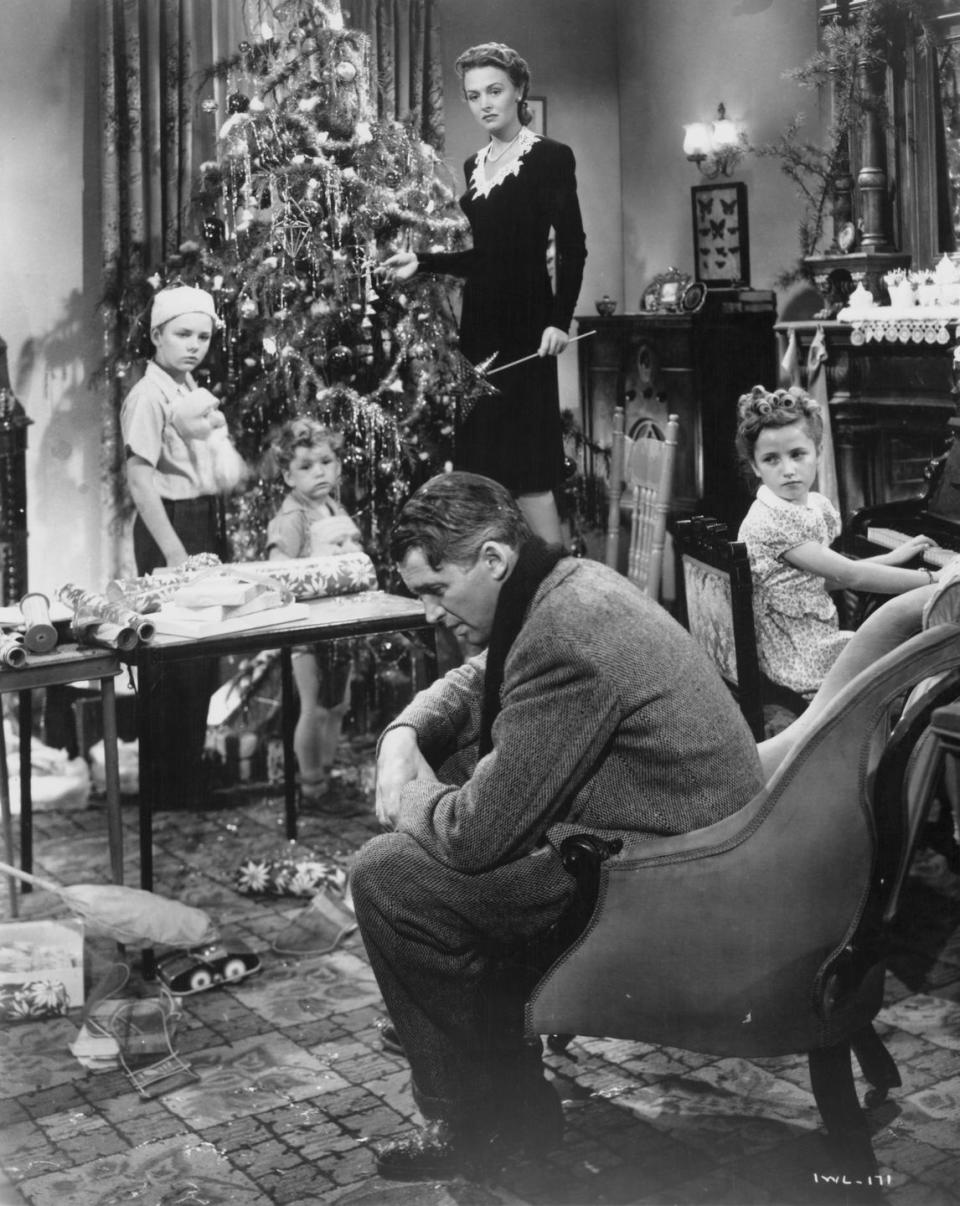
'It's a Wonderful Life' started out as a Christmas card.
After failing to find a publisher, Stern decided to print his story as a 21-page Christmas card that he sent to 200 of his friends in 1943. An RKO Pictures producer saw the "card" and convinced the studio to buy the rights to the story, which were eventually sold to Frank Capra's production company, Liberty Films.
Stern's short story was also eventually published as a book in 1944—and Stern also sold the story to Good Housekeeping, which published it in its January 1945 issue under the title "The Man Who Was Never Born."
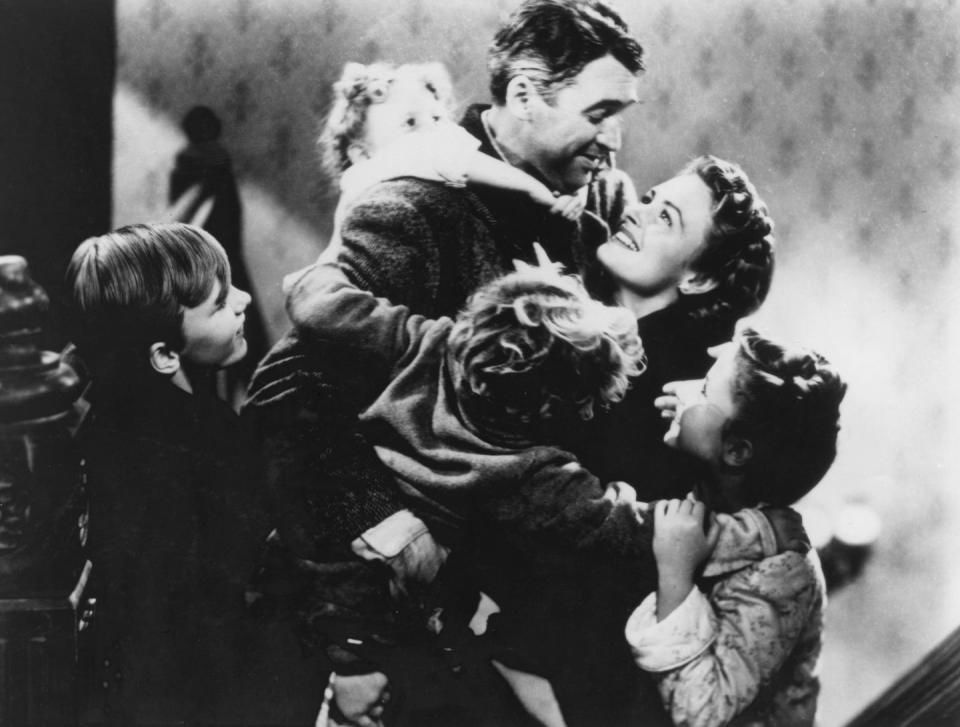
Cary Grant was originally slated to play George Bailey.
After RKO Pictures sold the movie rights to Frank Capra's company, Capra decided to replace Cary Grant with James Stewart in the lead role. However, you may still see Grant on television around the holidays—he went on to appear in The Bishop's Wife.
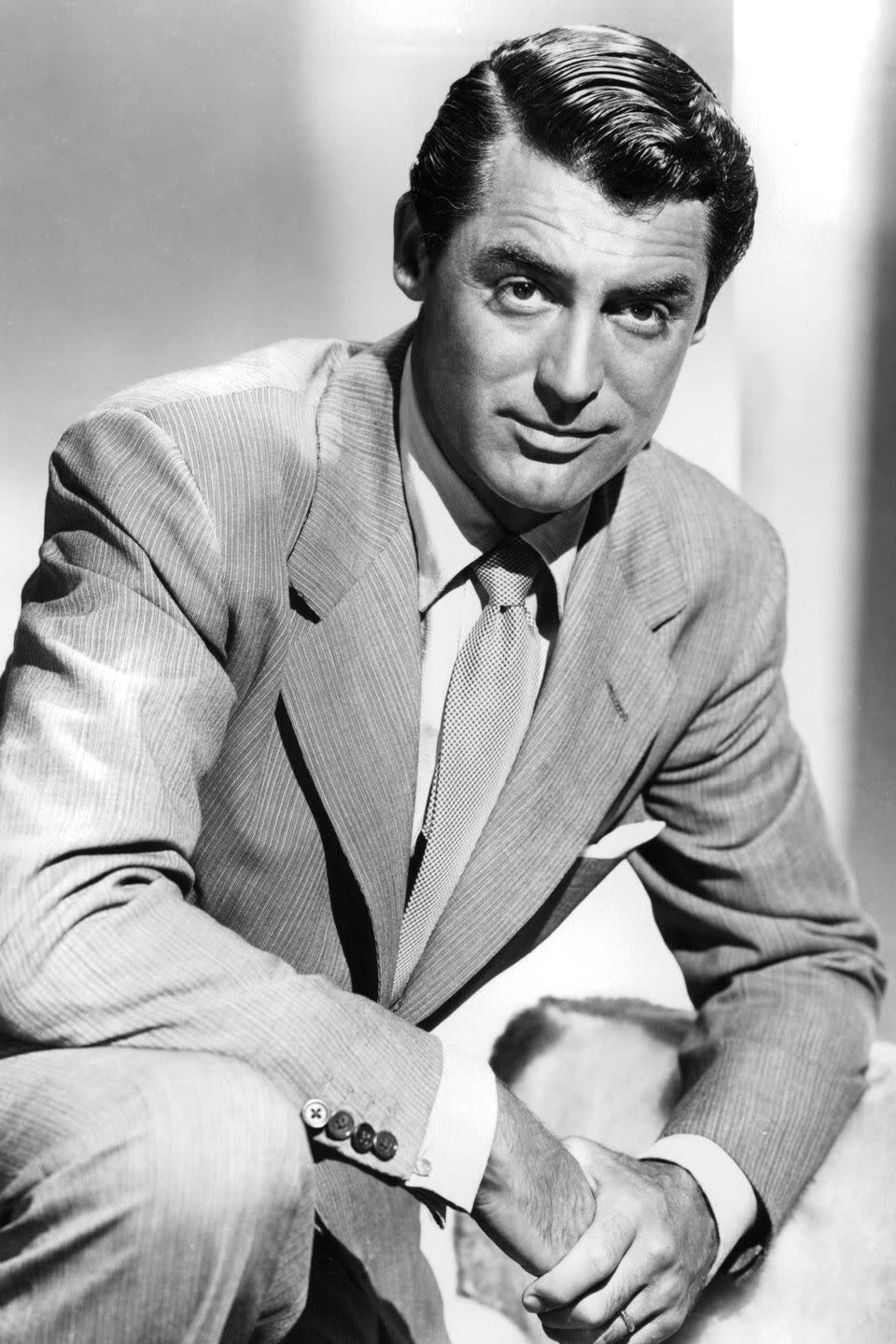
At first, James Stewart was afraid he wasn't up for filming a movie so soon after World War II.
Lionel Barrymore (who played Mr. Potter in the movie) convinced Stewart to be in it. Stewart was also nervous about the phone kiss scene, his first on-screen kiss since returning from war.
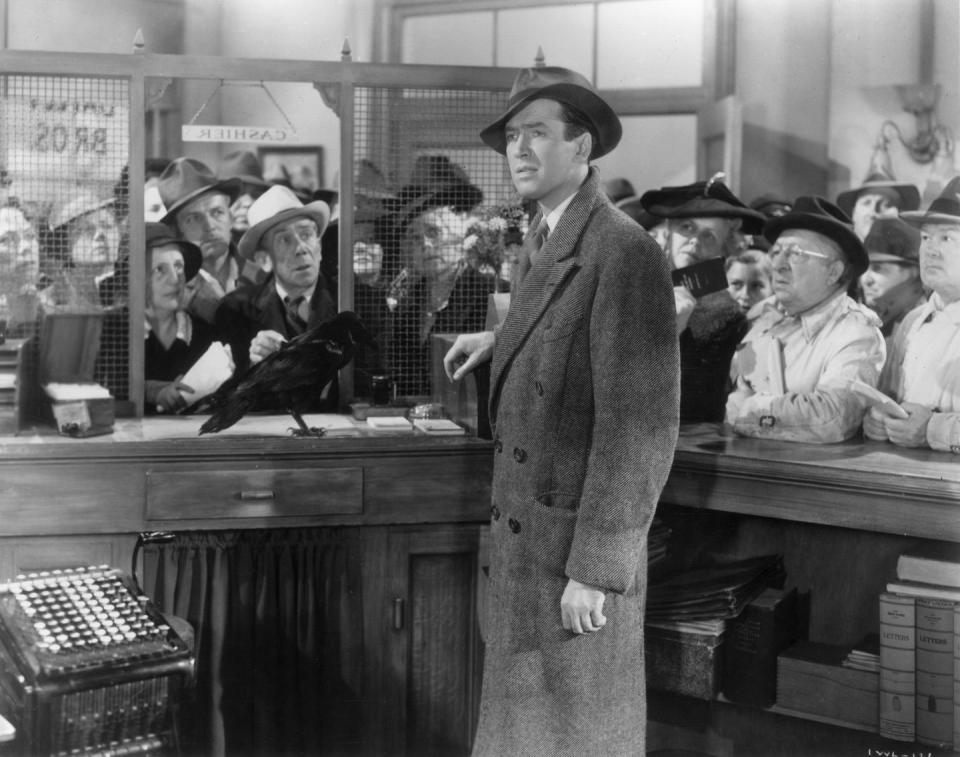
The movie was shot in the summer of 1946 during a heat wave.
Look closely—you can see Stewart sweating in some of those snowy scenes. Ah, the magic of Hollywood.
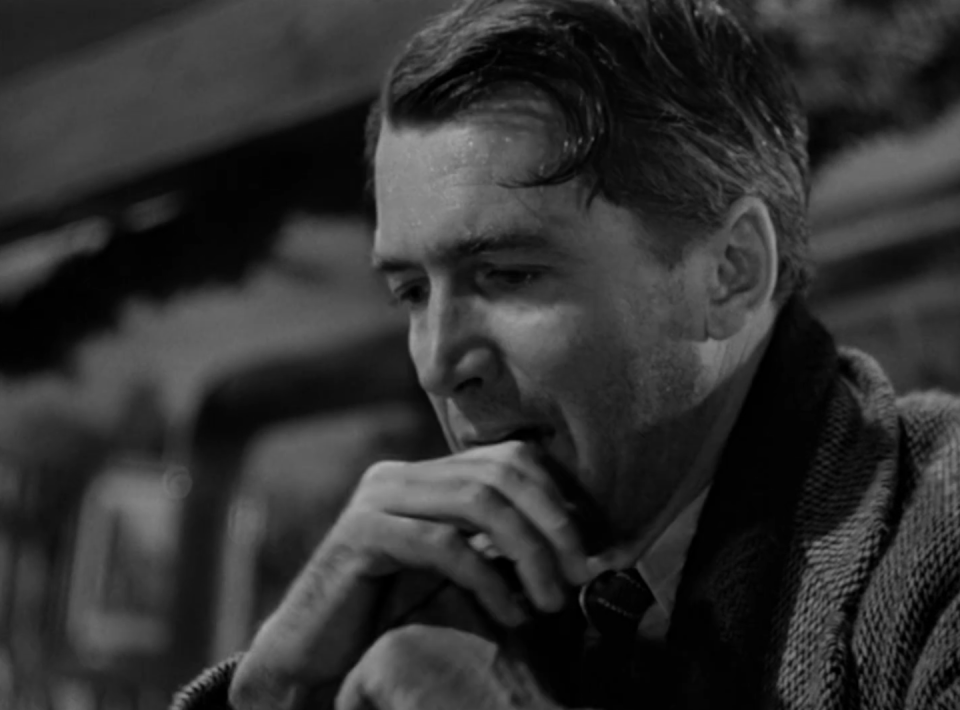
A new type of artificial snow was engineered just for the movie.
Prior to It's a Wonderful Life, most movie productions used cornflakes painted white as "snow." However, Capra found this special effect to be too noisy, so he had the special effects department mix foamite (a fire-fighting chemical) with sugar and water. A whopping 6,000 gallons of this new "chemical snow" transformed the California set into a winter wonderland.
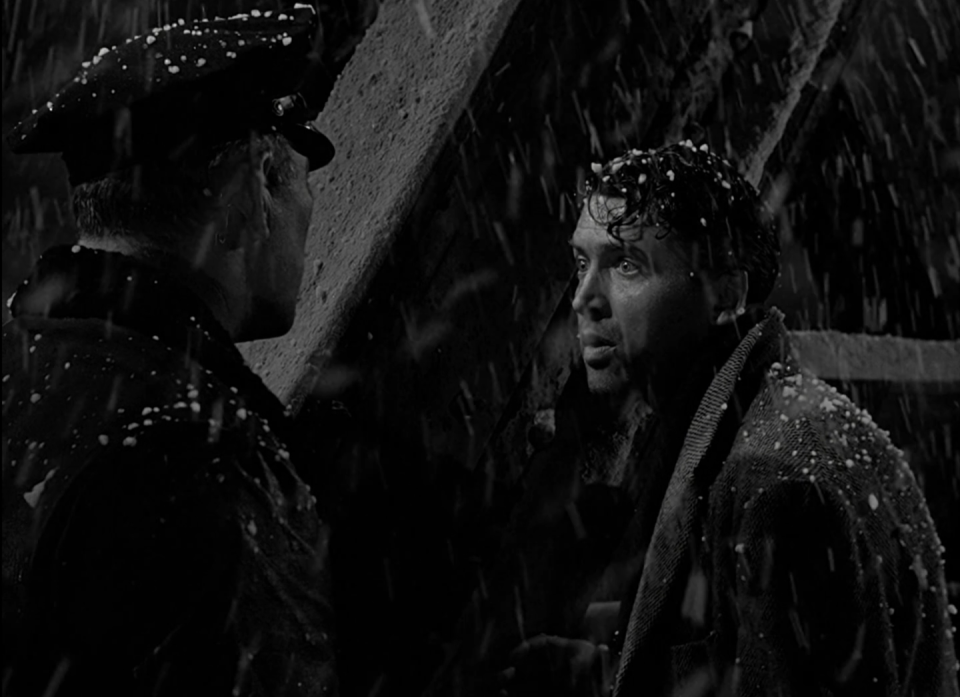
Uncle Billy wasn't supposed to yell after leaving George's house drunk.
After leaving the house, it sounds like Uncle Billy stumbles into trash cans and we hear him yell, "I'm alright, I'm alright." This wasn't a line in the script—it was a crew member who accidentally dropped equipment during filming and Capra decided to keep it. The crew member even got a $10 bonus for his off-screen appearance as "Uncle Billy."

This was Donna Reed's first starring role.
She would, of course, go on to become arguably the world's most famous TV housewife, thanks to The Donna Reed Show.
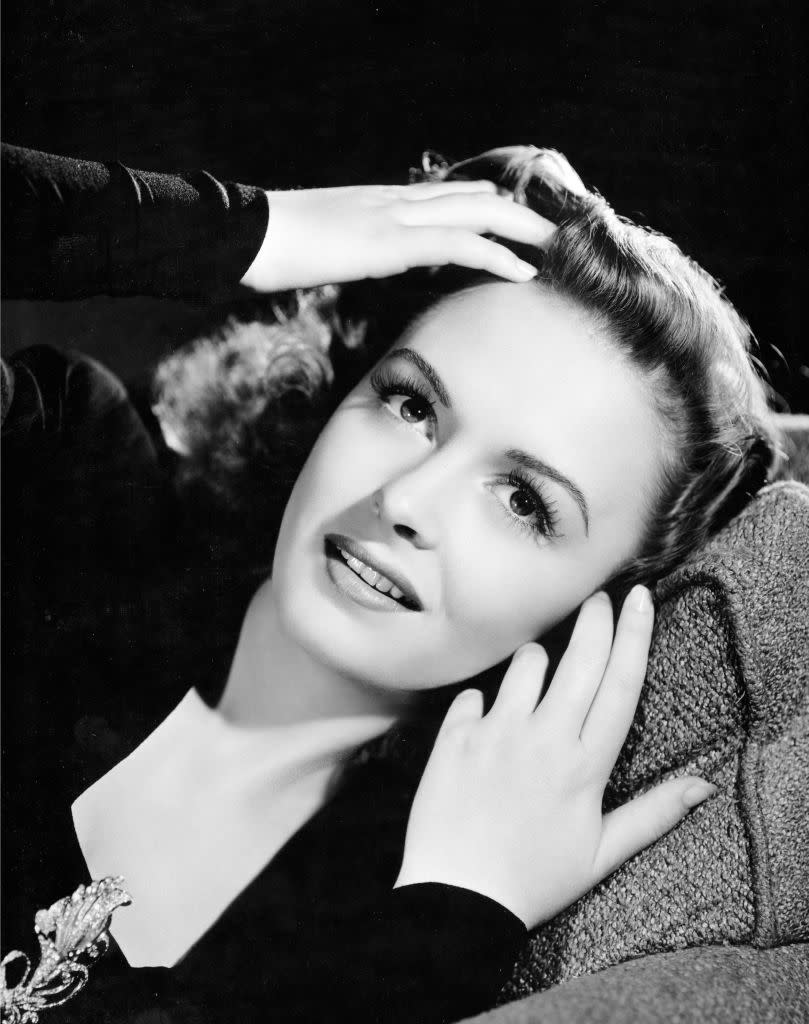
Reed really broke a window on the Granville House.
While a stuntman was standing by to throw a rock at the window, Reed broke it herself on the first try (which could apparently be attributed to her high school baseball days).
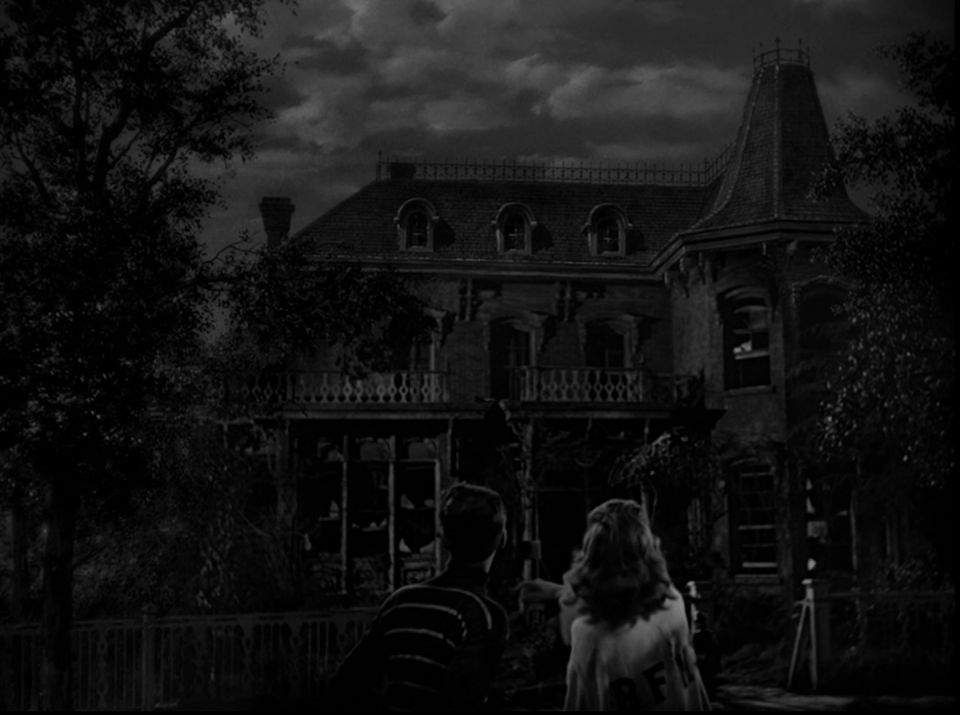
Bedford Falls was one of the most elaborate sets ever built at the time.
It's a Wonderful Life had a big budget for the time ($3.7 million), so it's no wonder that the crew put a lot of time and effort into constructing the town of Bedford Falls. The set took two months to build and included 75 buildings stretched out over four acres in Encino, California.

Seneca Falls, NY claims to be the inspiration for Bedford Falls.
While the fictional town's name combines those of Bedford Hills in New York's Westchester County and Seneca Falls in New York's Finger Lakes region, the latter claims to be the real deal. Seneca Falls even has a website, called TheRealBefordFalls.com, which is dedicated to pointing out all of the similarities between the two towns.
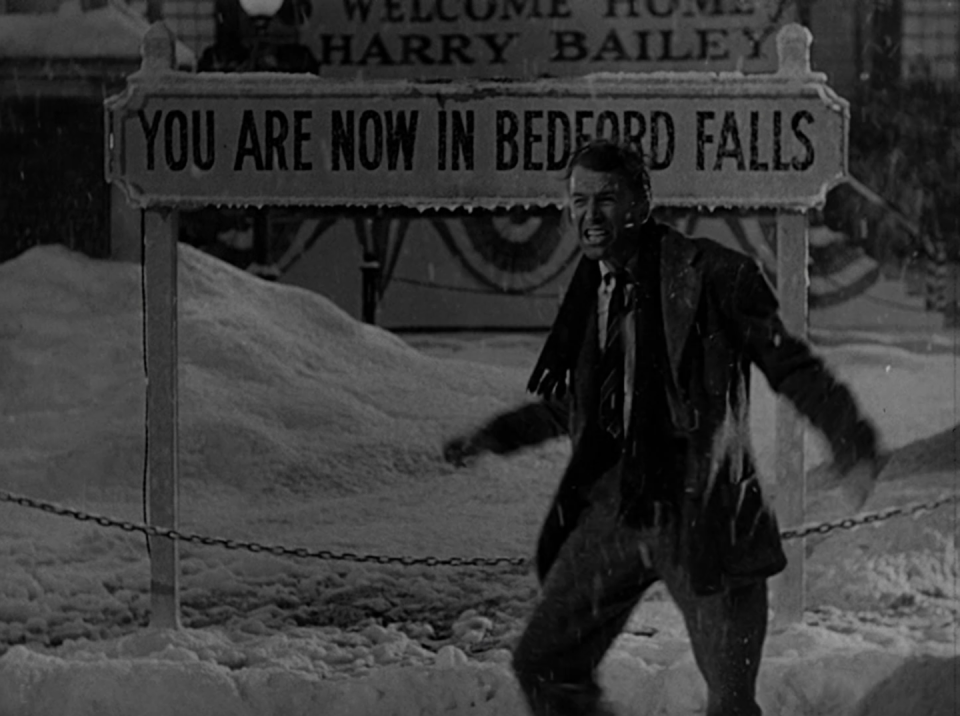
You can visit an 'It's a Wonderful Life' museum.
You guessed it—it's located in Seneca Falls. The town is also home to an annual It's a Wonderful Life festival. Plus, you can run in a movie-themed 5K and enjoy an annual festival each winter.
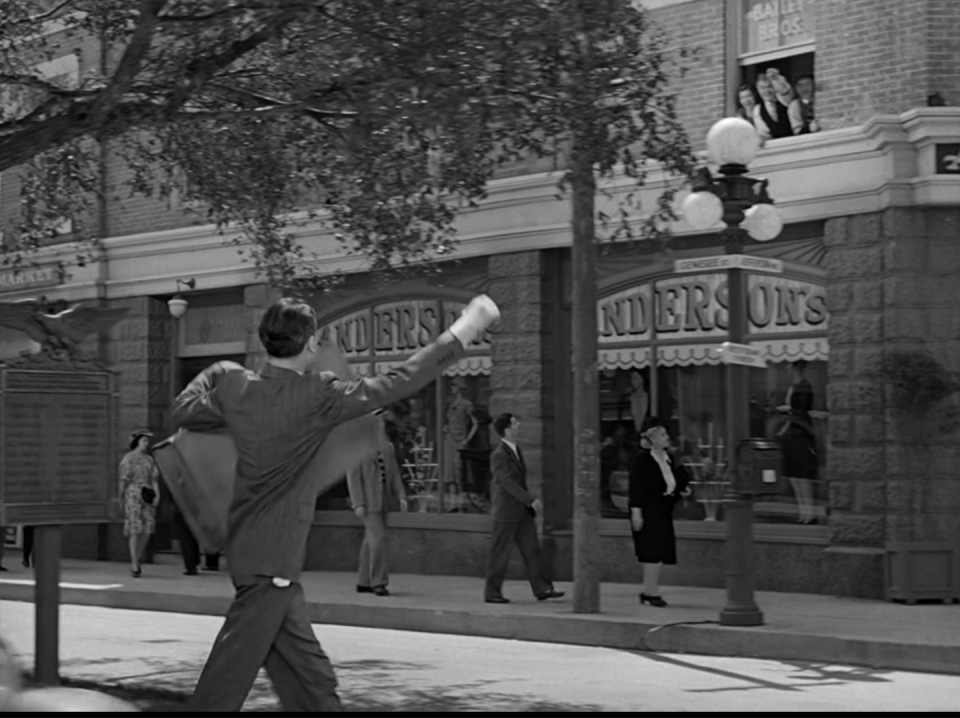
The movie struggled at the Academy Awards.
While It's a Wonderful Life didn't win any of the five major Oscars it was nominated for, it did take home a trophy. The RKO Effects Department received a Technical Achievement Award from the Academy of Motion Picture Arts and Sciences.
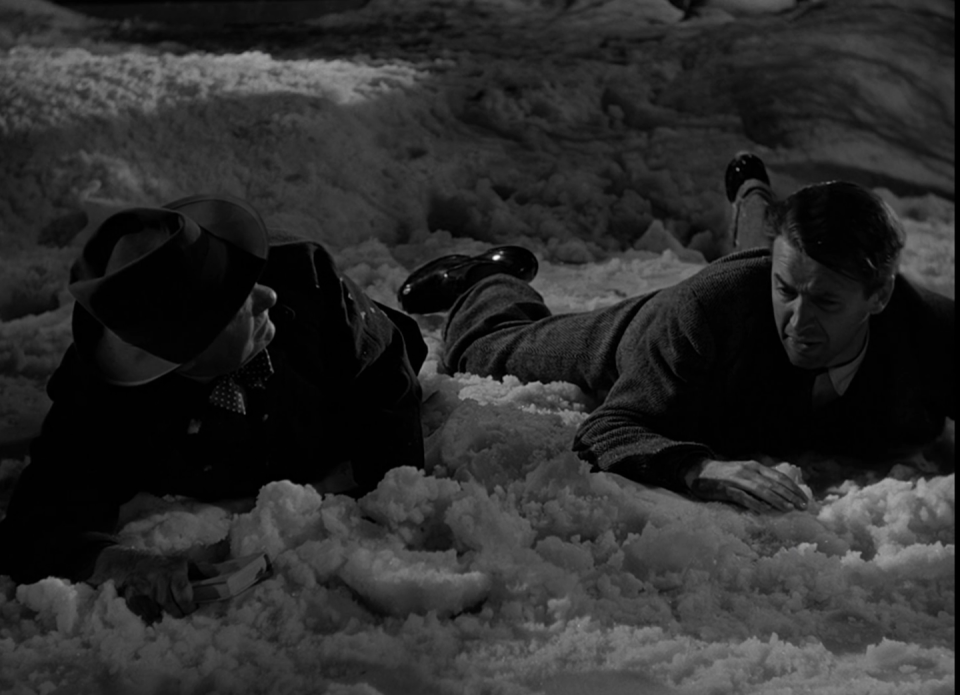
The gym floor that opens to reveal a pool actually exists.
The landmark Swim-Gym is located in Beverly Hills High School and is still used today.
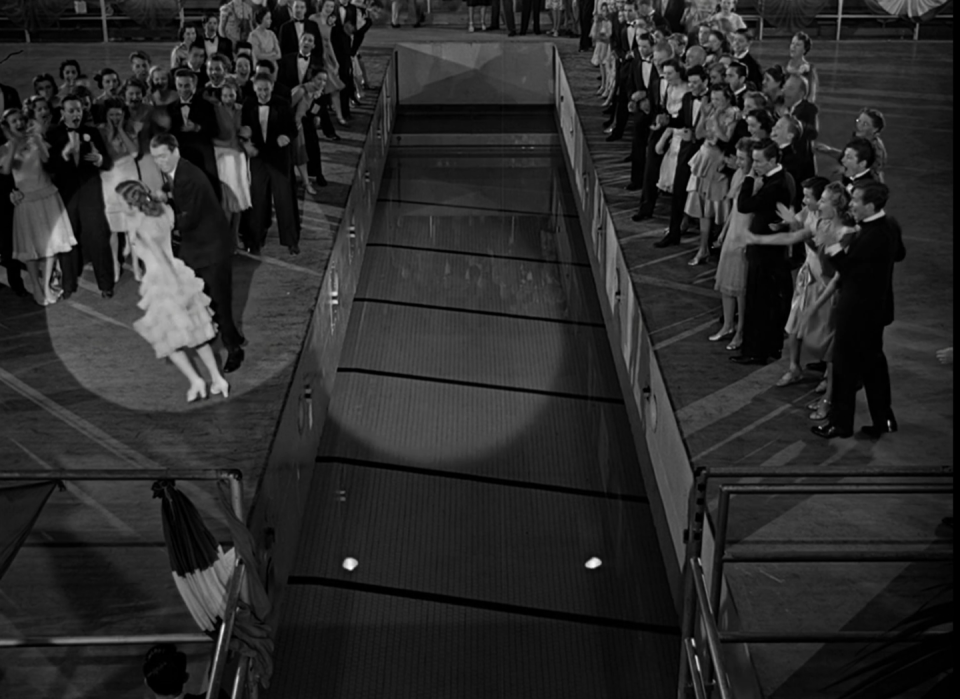
Capra didn't think it would become a Christmas film—let alone a Christmas classic.
"The film has a life of its own now and I can look at it like I had nothing to do with it," Capra once said, according to Mental Floss. "I'm like a parent whose kid grows up to be president. I'm proud… but it's the kid who did the work. I didn't even think of it as a Christmas story when I first ran across it. I just liked the idea."
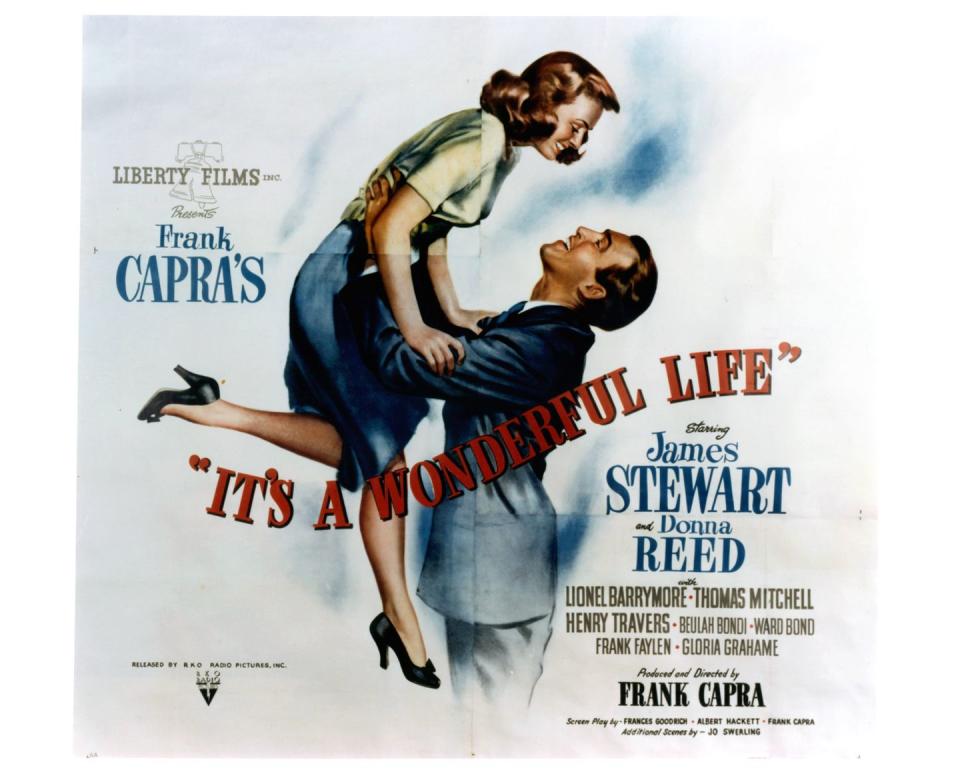
Carl Switzer (a.k.a. Alfalfa from 'The Little Rascals') played Freddie Othello.
Switzer played the character who pushes the button that opens the gym floor to reveal the pool—but he is uncredited in the movie.
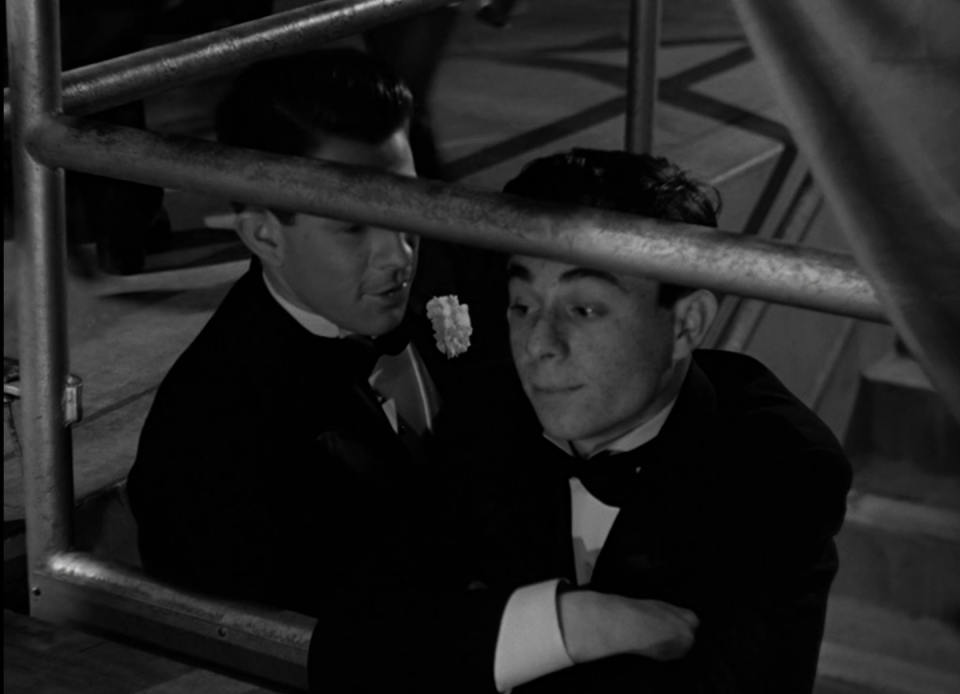
The rousing tune at the end of the movie was changed.
The original final scene had the cast singing "Ode to Joy" instead of "Auld Lang Syne."

Frank Capra had multiple jobs on the film.
Not only did Capra direct this film, but he also was a producer and one of the screenwriters. Additionally, his production company, Liberty Films, funded the movie.
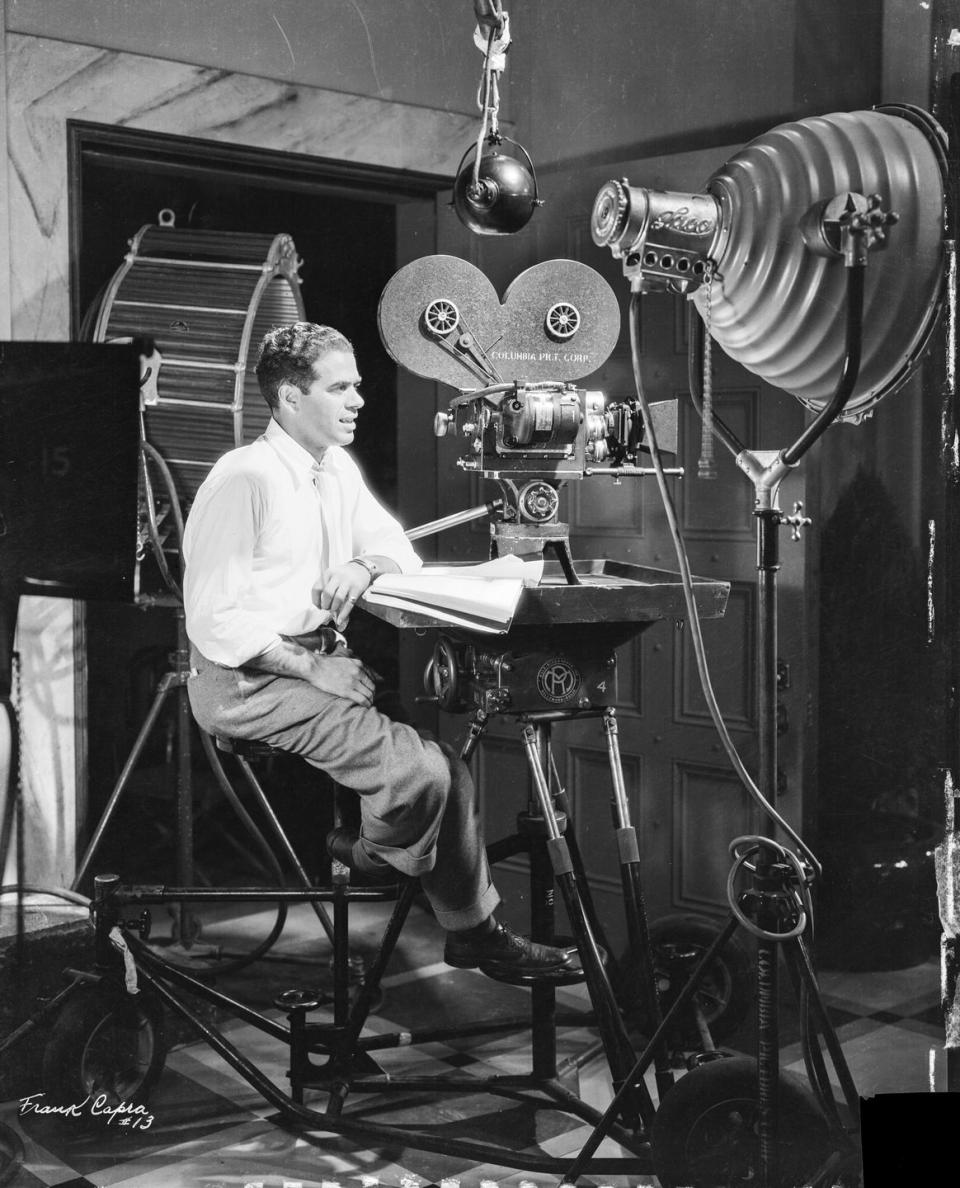
The film didn't do well at the box office—it even put Capra into debt.
Receiving mixed reviews, It's a Wonderful Life only made back $3.3 of its $3.7 million budget at first. It placed 26th in box office sales for all films released in 1947—right ahead of Miracle On 34th Street.
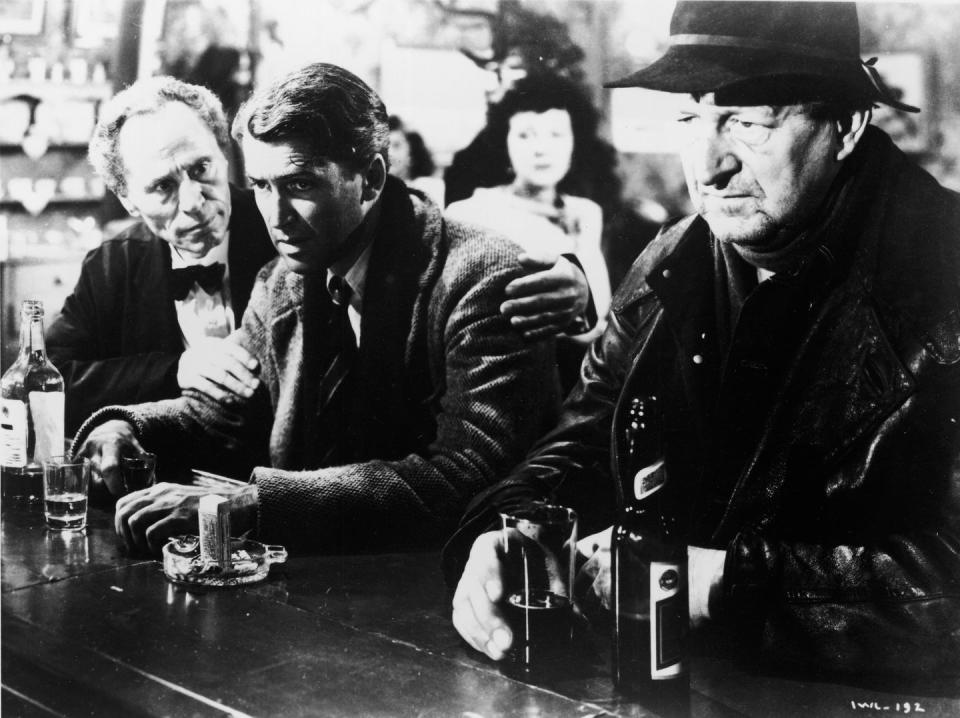
But it rose to popularity on TV in the late 1970s.
When It's a Wonderful Life's copyright lapsed in 1974, it became available royalty-free to any station that wanted to air it until 1994. Of course, thanks to repeated airings throughout the '80s, it's now a Christmas classic that's guaranteed to make an appearance on our television screens each holiday season.

This film marks one of five times Beulah Bondi played Jimmy Stewart's on-screen mother.
The pair also appeared as relatives in Mr. Smith Goes to Washington (pictured), Of Human Hearts, Vivacious Lady, and The Jimmy Stewart Show: The Identity Crisis.
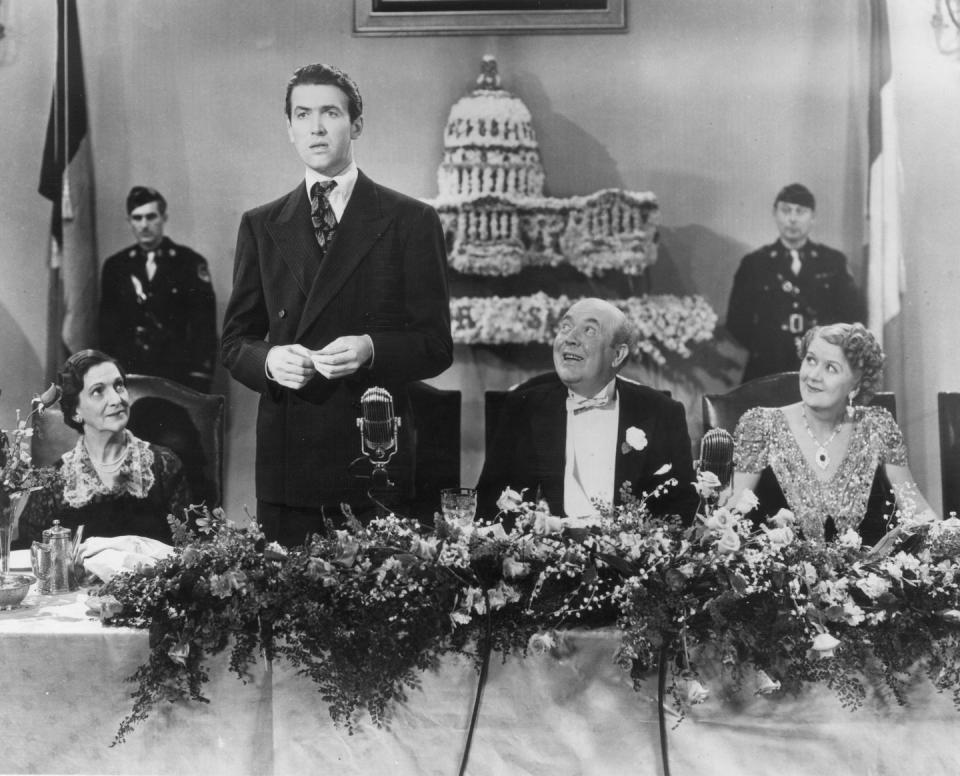
'It's a Wonderful Life' was added to the Library of Congress's National Film Registry in 1990.
Up to 25 titles are added to this list each year, after being deemed "culturally, historically, or aesthetically significant films."
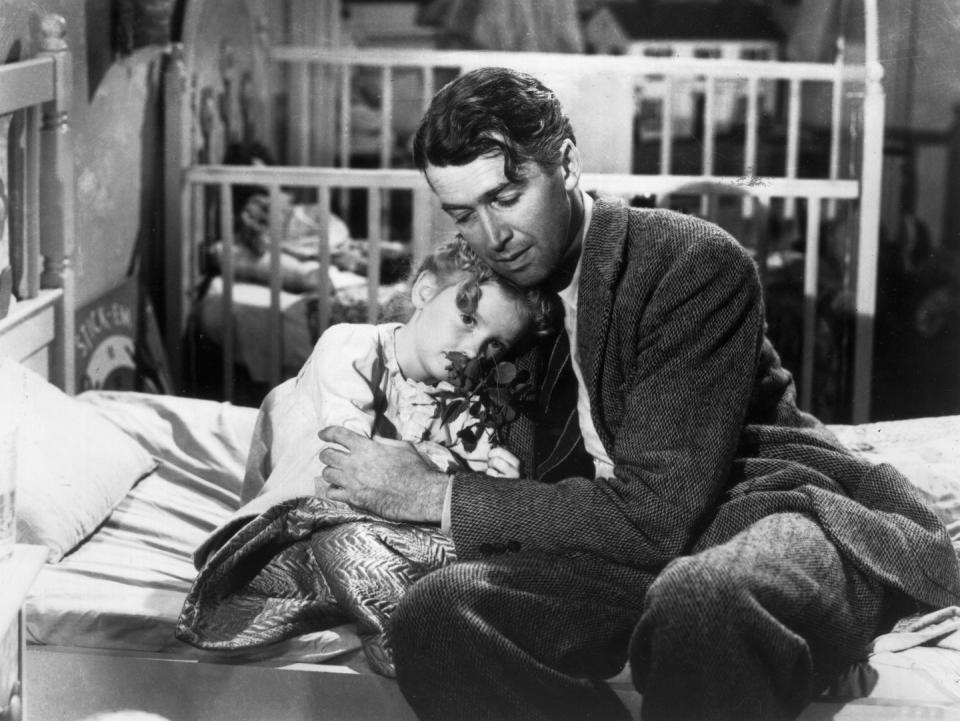
The FBI flagged the film as "communist" in 1947.
In a 1947 memo, the FBI issued the following statement:
"With regard to the picture 'It's a Wonderful Life,' [redacted] stated in substance that the film represented rather obvious attempts to discredit bankers by casting Lionel Barrymore as a 'scrooge-type' so that he would be the most hated man in the picture. This, according to these sources, is a common trick used by Communists."
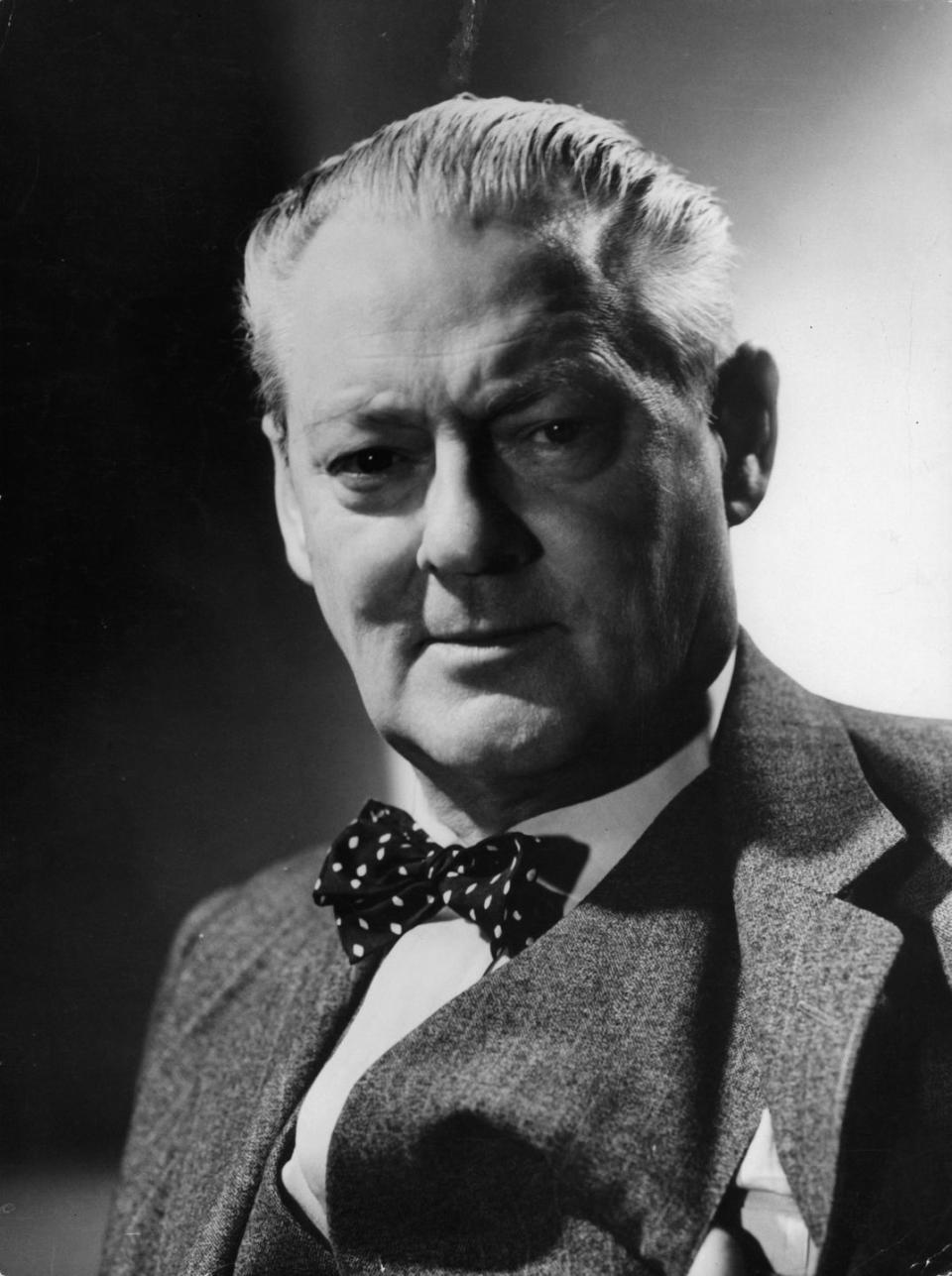
Donna Reed has a daughter named Mary—but she wasn't named after her character Mary Bailey.
Reed's daughter Mary Owen told Mental Floss, "I was named after my great grandmother, Mary Mullenger."
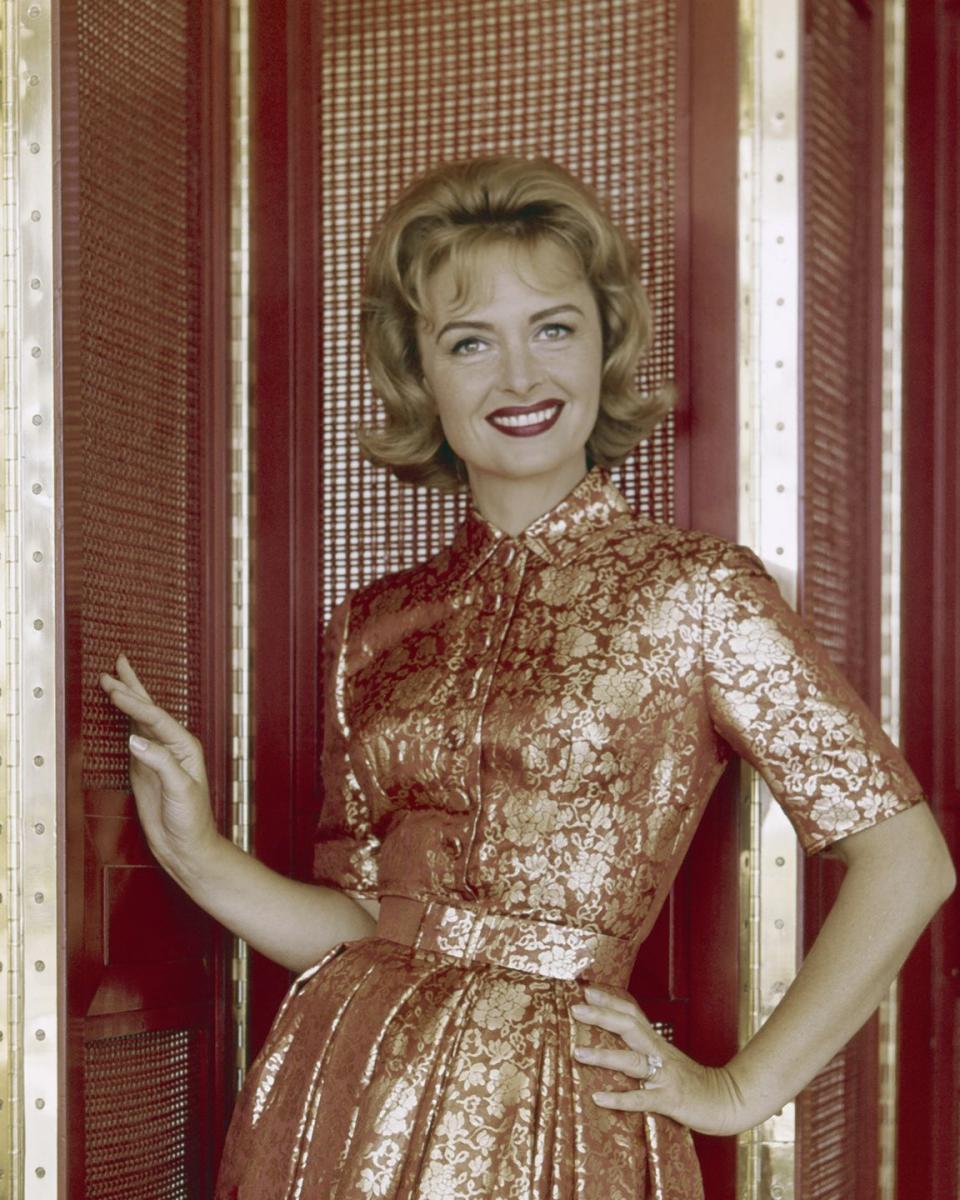
Capra, Reed, and Stewart have all called 'It's a Wonderful Life' the greatest film they had ever made.
"I thought it was the greatest film I ever made," wrote Capra in his autobiography. "Better yet, I thought it was the greatest film anybody ever made."

Producers Allen J. Schwalb and Bob Farnsworth wanted to make a sequel.
In fact, in 2013, they announced that It's a Wonderful Life: The Rest of the Story would be released in 2015. Unfortunately for us, Paramount intervened because they own the copyright to the film—so Schwalb and Farnsworth would need to obtain a license to move forward with their sequel.

There have been a lot (and we mean a LOT) of movies with similar plots.
While there hasn't been an official sequel, countless films and TV shows have used the alternate reality plot device from the holiday classic—including It's a Very Merry Muppet Christmas, where Kermit sees a glimpse of a world where he was never born, in which the Muppet theater was in financial trouble.

Uncle Billy's lost $8,000 would be big money today.
The misplaced money nearly causes George Bailey to go into financial ruin—and it would be quite a significant loss today too. Using an inflation calculator, that would be $136,742.67 in 2023.
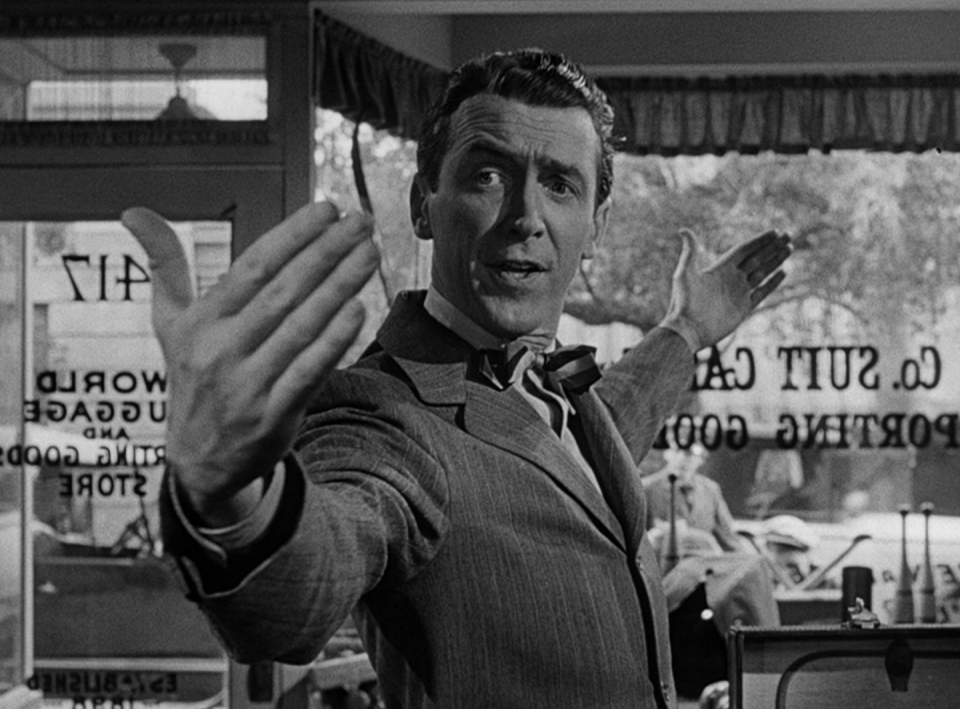
The cop and cab driver in the movie were named Bert and Ernie.
There's a longstanding rumor that Muppets creator Jim Henson used these names as inspiration for the famous Sesame Street characters. But former Muppet headwriter Jerry Juhl told the San Francisco Chronicle that this is just a a rumor, and the names are just a coincidence.

It took a whole lot of people to write this classic.
Based on the story by Philip Van Doren Stern, the screenplay became a source of tension, leading to several rewrites and a dispute by director Frank Capra to get his byline on the films credits. Originally scripted as The Greatest Gift by Clifford Odets, Frances Goodrich and Albert Hackett wrote the screenplay—with edits by Capra, along with Jo Swerling. Even the famous Dorothy Parker did some script doctoring before it finally made it to the screen.

You Might Also Like
